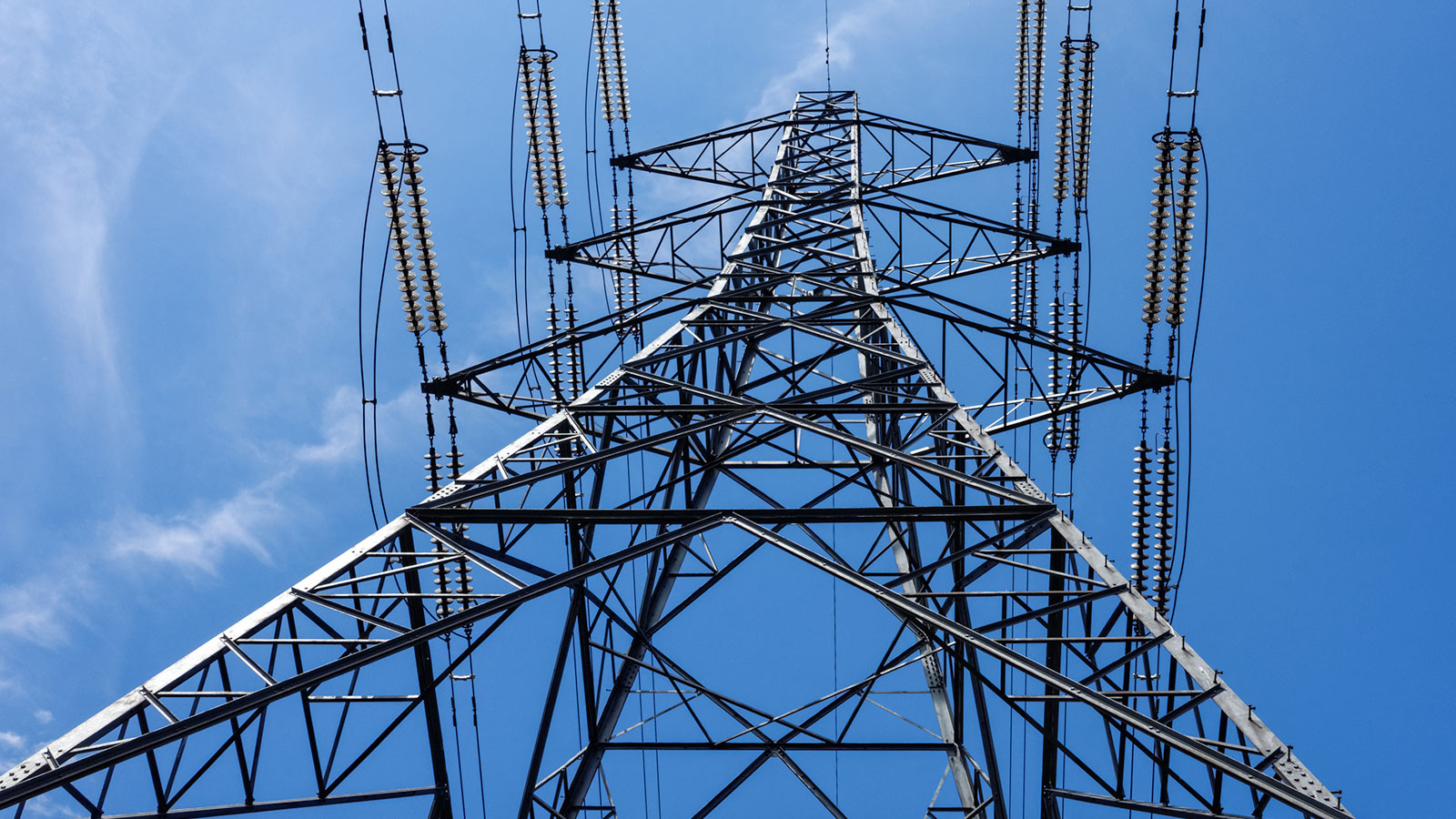The UK data centre industry is set to require six times the amount of power that it consumes today by 2035, according to John Pettigrew, Group CEO of National Grid.
While it’s been widely expected for some time that the demand for power would grow in the UK as we move to electrify everything from heating to transportation, the rise in quantum computer and artificial intelligence will have an outsized impact on the grid in the near-term.
That has led to the UK’s electrical grid being at a critical juncture, with a system-wide overhaul now needed for the first time since the 1950’s ‘supergrid’ was built.
Decarbonisation and the need for an overhaul
During the recent Aurora Forum held in Oxford, an event notable for gathering leading minds in the UK energy sector, Pettigrew shared his insights into the future of Britain’s energy infrastructure.
Underscoring the collective goal among UK energy sector professionals to advance towards a green economy, he noted how progress has already been made on decarbonisation, with coal’s share of electricity generation dropping from 40% in 2013 to just 1% in 2023. However, despite the progress, he cautioned that there is a long road ahead to fully realise the energy transition.
The UK’s electricity grid has been receiving piecemeal upgrades since the ‘supergrid’ was first built to handle the massive increase in demand for electricity in the 1950s. At that time, the grid that had first formed in 1935 was deemed inadequate to meet the needs of both Britain’s industrial expansion nor the thirst for electricity that was coming from UK households, and therefore it was decided an overhaul was needed.
The ‘supergrid’ essentially created a new high voltage transmission system that was superimposed onto the existing grid. Pettigrew argues that this “ingenious solution” has served us well over the last 70 years thanks to its upgradeability, but with both demand for electricity and the locale of supply changing drastically, now is the time for an overhaul.
“Demand from commercial data centres will increase six-fold, just in the next ten years, and in homes, there will be an increasing shift towards heat pumps and electric vehicles. And so, as we consider the increasing constraints on the current ‘supergrid’, we’re once again at a pivotal moment. A moment in time that requires innovative thinking and bold actions to create a transmission network for tomorrow’s future,” Pettigrew said.
A super-supergrid?
National Grid ESO has outlined proposals for the future of the UK’s electrical grid, calling for £58 billion in investment that includes an expansion of the offshore grid and the exploration of a new electrical ‘spine’ running from north to south. National Grid also has its flagship ‘Great Grid Upgrade’ program which is reinforcing the existing high voltage transmission network to contend with the constraints the grid is currently under.
While those upgrades are currently taking place, Pettigrew has questioned what the future of the electrical grid looks like in the UK.
“The grid is evolving incrementally, with significant upgrades already underway to deliver against the current expectations of the nation and indeed the planet. But what happens when those expectations change,” he noted.
“When tomorrow’s needs are no longer the ones we identified today, and when the generations of tomorrow start looking to their future? Expanding the network incrementally inevitably means there will be limits on how much can be built, how quickly it can be built and where.
“So, what are the ambitious, alternative options for the network beyond 2050 – for a future-ready, capacity-rich, net zero grid? For a grid that’s built not with the next 20 years in mind, but the next 60? These are some of the questions that we, at National Grid, have been asking.”
One proposal put forward by Pettigrew is the development of a ‘super-supergrid’, an ultra-high voltage onshore transmission network of up to 800 thousand volts that would be superimposed on the existing supergrid.
“This new grid would enable bulk power transfers around the country, with strategically located ultra-high capacity substations, supporting the connection of big energy sources to big demand centres via the new network,” he explained.
“This model consolidates infrastructure by connecting the larger capacity hubs in the places they’re most needed. It is both a strategic and proactive approach instead of today’s incremental, tactical and reactive one.”
It’s certainly a bold approach, one that would give us much needed capacity by enabling bulk power transfers around the country, with strategically located ultra-high capacity substations. That could also benefit power-hungry projects, such as data centres, which could colocate near to one of these ultra-high capacity substations to ensure they have more than enough power to meet the growing power demands of both quantum computers and artificial intelligence.
It would also represent the biggest overhaul to the National Grid since the 1950s, although Pettigrew cautioned it wouldn’t replace the piecemeal upgrades that are currently being undertaken.
“This is not instead of the infrastructure we’re delivering today and investments we’re making right now, this is in addition. It doesn’t change the need for ‘The Great Grid Upgrade’. It certainly doesn’t change the need for immediate, urgent reform to the connections process, which we’re working tirelessly with Ofgem, the ESO and industry to enable. All of these, and so much more, remain critical, as does a continued clear-eyed focus on the targets we’re all so familiar with,” he concluded.

